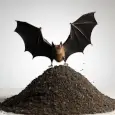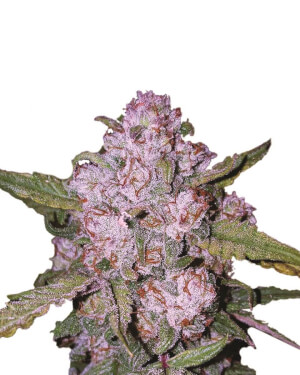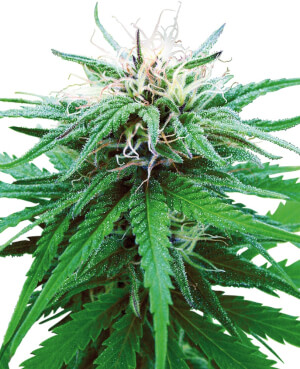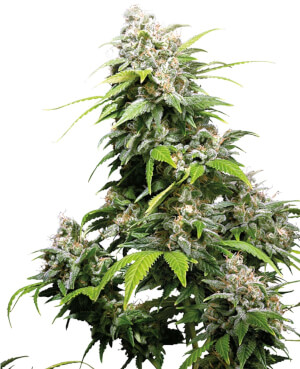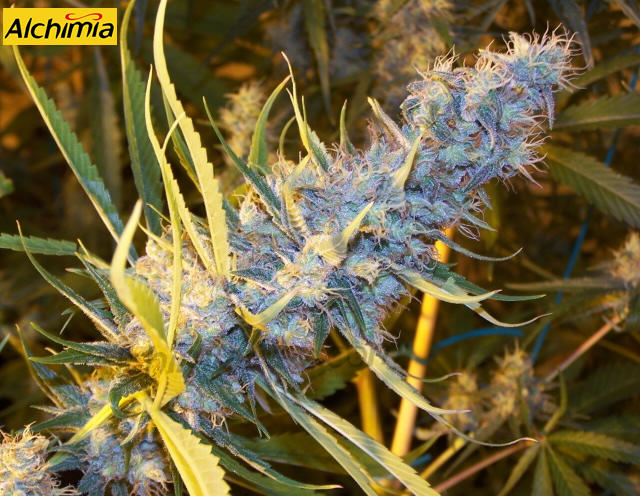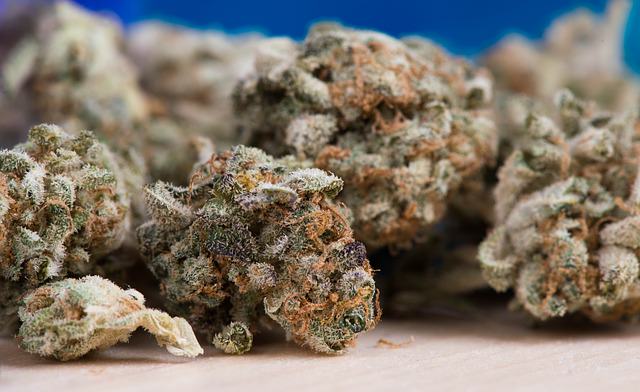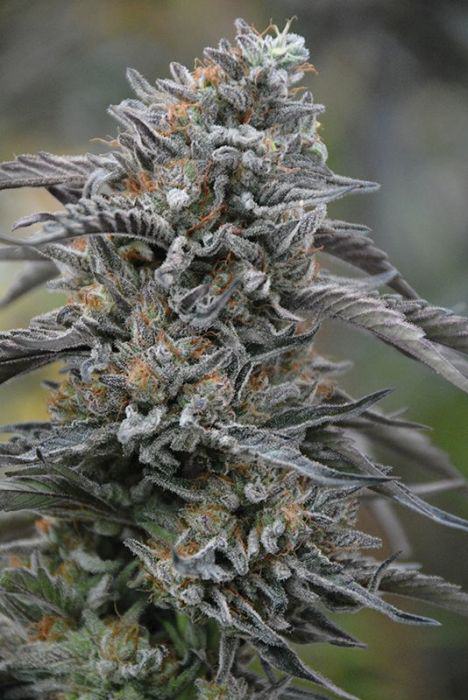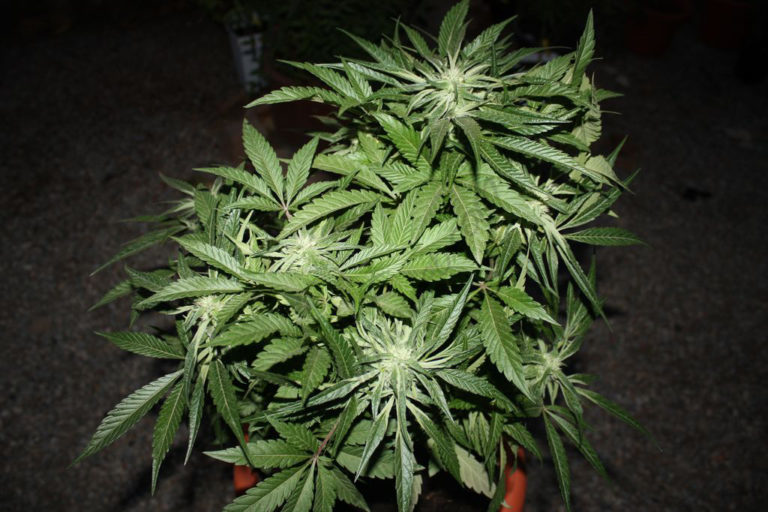Characteristics of Indica cannabis strains
List of contents
Indica cannabis strains stand out for their rich history and distinctive characteristics. Originally from the mountainous regions of the Himalayas and Hindu Kush, these plants have captivated growers and consumers for centuries with their relaxing effects and therapeutic properties, and are also used to make resin concentrates such as hashish.
Today we invite you on a journey to the highest mountains on the planet to better understand Indica cannabis, through which we will learn more about its origin, unique characteristics, and medicinal uses, and better understand how these revered genetics have left a lasting mark on cannabis culture all over the planet.
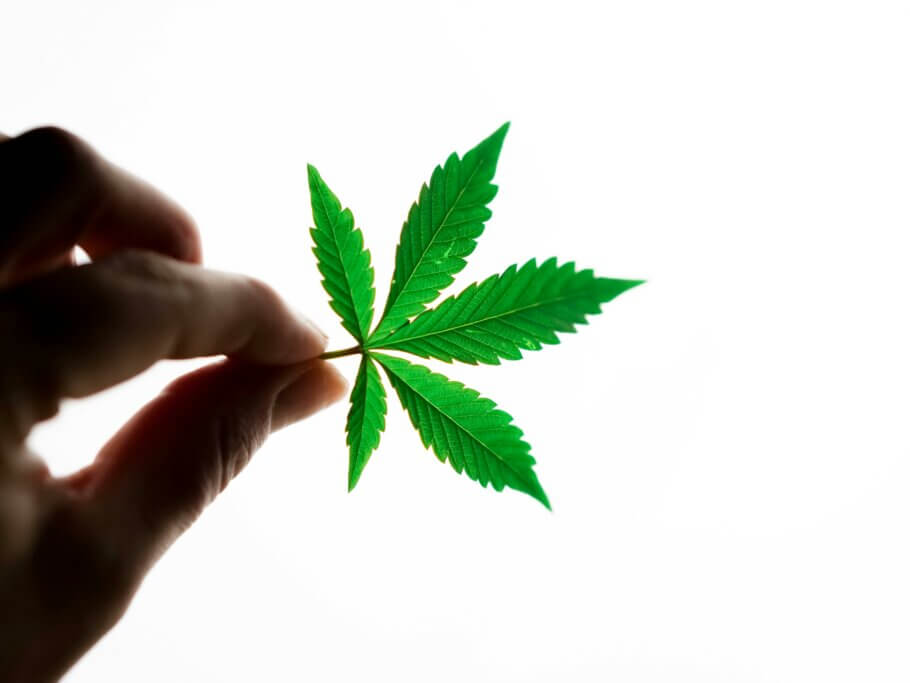
What are Indica strains?
Indica cannabis varieties originate from the mountainous regions of the Himalayas and Hindu Kush, located mainly in Central and South Asia. These areas are known for their arid, mountainous climate, with cold winters and hot, dry summers. Steep terrain and extreme weather conditions have shaped the genetic development of Indica genetics, adapting them to survive and thrive in truly challenging environments.
The ideal climate for growing Indica cannabis strains mimics the conditions of their place of origin. This includes moderate daytime and cool nighttime temperatures, as well as low relative humidity and less moist soils. Indicas prefer a cooler climate compared to Sativa strains, making them suitable for growing in temperate and mountainous climates. In summary, a dry climate, with moderate temperatures and sunny days, provides the optimal environment for the successful cultivation of Indica cannabis strains.
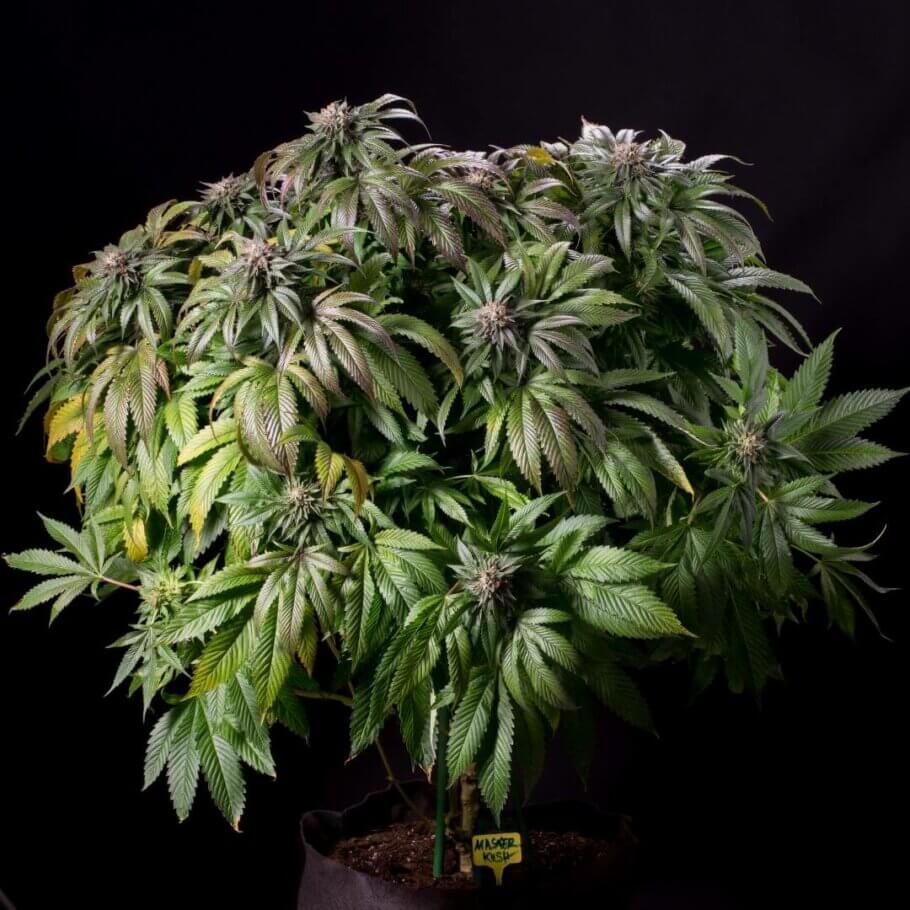
Characteristics of Indica varieties
An Indica cannabis strain is characterized by its distinctive morphological traits, effects, and cannabinoid profiles. These varieties are one of the two main botanical classifications of cannabis, along with Sativa varieties, although as we will see at the end of the post a new classification has been proposed in recent years. Indica strains tend to be more compact compared to Sativa strains, with wider, denser leaves and a stockier, shorter plant structure. Its flowers are denser, and resin production is usually much higher.
As for effects, Indica strains typically produce a relaxing and sedative physical effect, commonly known as "colloquial body." This makes them popular among consumers seeking relief from stress, pain, anxiety, and sleep disorders. In terms of cannabinoid profiles, Indicas tend to have higher levels of CBD compared to Sativa, which contributes to their therapeutic properties.
Simply put, an Indica cannabis variety exhibits specific morphological characteristics, effects, and cannabinoid profiles associated with its genetic lineage and geographical origin in the Himalayan and Hindu Kush regions, being short and stocky, with leaves with wide leaflets and effect. relaxing. Some interesting examples are Pakistan Chitral Kush or Hindu Kush from Sensi Seeds.
How to Grow Indica Strains
Of course, we recommend growing Indica cannabis strains in a controlled environment, either indoors or outdoors, depending on your specific preferences and circumstances. Here are some recommendations for growing Indica cannabis strains:
- Indoor growing: If you choose to grow indoors, make sure you have adequate space that allows you to fully control environmental conditions, such as temperature, humidity, and lighting. Indica strains are typically more compact and have a shorter flowering time, making them ideal for limited spaces. They are ideal varieties for techniques such as SOG (Sea of Green) and are often used to make high-quality resin extractions.
- Growing outdoors: If you grow outdoors, choose a location that receives plenty of direct sunlight and is protected from strong winds and heavy rain. Indica varieties are usually more resistant to adverse weather conditions, making them suitable for growing in temperate and mountainous climates. Be sure to provide good drainage to avoid problems with waterlogging of the soil.
- Substrate and nutrients: Use a nutrient-rich and well-drained substrate to ensure the most vigorous plant growth possible. You can use organic or mineral fertilizers to supplement nutrition, although keep in mind that pure varieties usually require fewer nutrients than hybrids. Pay attention to the specific nutritional needs of Indica strains to optimize their development and performance.
As you can see, when growing Indica cannabis varieties it is important to provide a suitable environment that satisfies their specific growth and development needs, always trying to maximize their growth to obtain the best yields. Whether you choose to grow indoors or outdoors, be sure to carefully monitor environmental conditions and provide adequate nutrition at each stage of the plant's life.
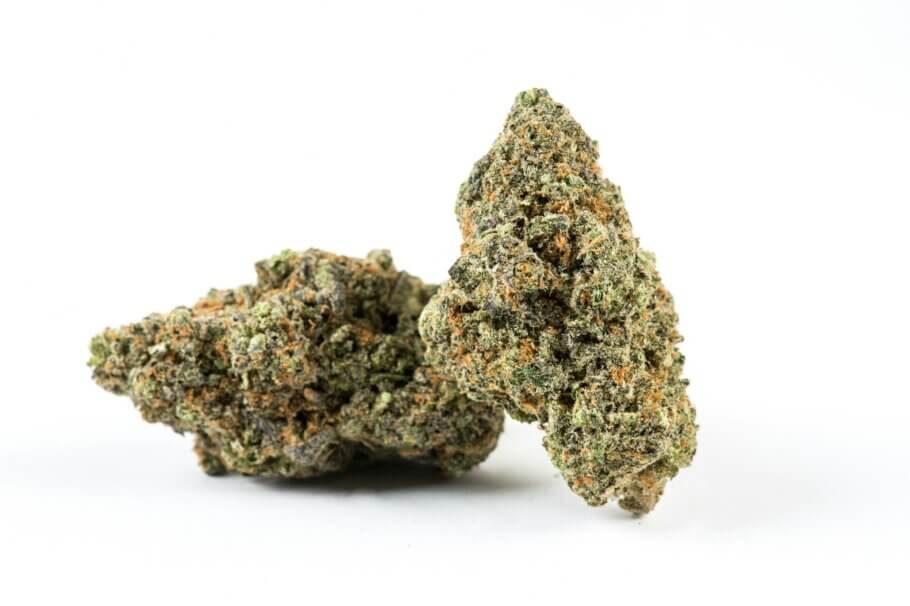
Hybrids of Indica strains
As with Sativa varieties, Indicas may have certain traits that are not entirely desirable for indoor cultivation under artificial light, such as their short stature or poor vegetative vigor. Thus, it is not surprising that soon breeders specialized in this type of cultivation crossed their best Indicas with Sativa specimens that improved these parameters, providing vigor and strength to the Indicas while retaining, for example, traits such as its relaxing effect or its production of resin.
Thus the first Indica/Sativa hybrids were born, plants that mixed genes from both types but with a clear tendency to preserve the traits that make Indicas what they are, such as the effect, resin production, or short flowering. We have good examples of these types of Indica-dominant hybrids in varieties such as Critical Kush, C.Banana, or B-45 by Booba.
Characteristics of Sativa cannabis strains
Sativa varieties are characterized by their large size and long flowering period, as well as their special high, happy, creative, cerebral and especially psychedelic. Growing these varieties can be a bit complicated, especially indoors, although it is worth the effort when we see the results. Today we tell you everything you need to know before growing Sativa varieties.
Are all Indicas the same?
As we have told you in our article on Sativa varieties, not all Indica varieties are going to be exactly the same in terms of appearance or effects produced. Yes, you can find Indicas with a clearly stimulating effect, or with a morphology quite different from Indicas from other places. At first, the term "Indica" was used to talk about low-growing plants with wide leaves, coming from mountainous areas. Over time, this term was also associated with the effect produced, it being understood that if the said effect was relaxing, that plant was "Indica", or at least its effect.
For a few years now, various researchers have proposed a new way of classifying plants, more faithful to reality than this - often - confusing Indica/Sativa distinction. This new proposal includes 4 types of cannabis:
- BLD (Broad-leaf drug) or broad-leaf psychoactive cannabis plant, what we know as Indicas.
- NLD (Narrow-leaf drug) or psychoactive narrow-leaf cannabis plant, or Sativa.
- BLH (Broad-leaf hemp) or non-psychoactive broad-leaf hemp plant.
- NLH (Narrow-leaf hemp) or non-psychoactive narrow-leaf hemp plant.
Happy harvest!
















































